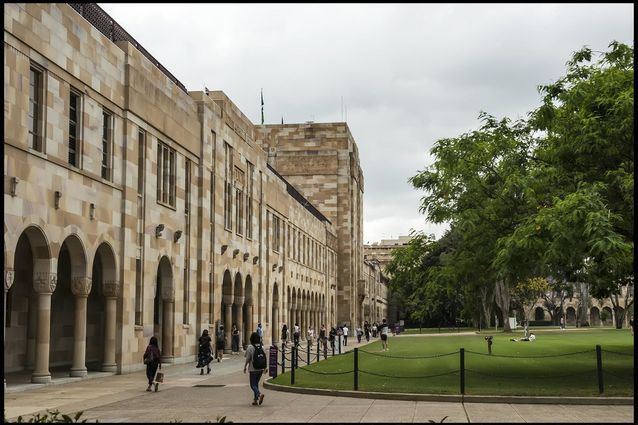
The University of Queensland has announced the launch of a transdisciplinary degree aimed at preparing students for the age of the Australian “megacity.”
The Master’s degree in Urban Development and Design will feature courses across architecture, civil engineering, planning, policy, economics and business leadership.
It will be designed to provide architecture, landscape architecture, and planning professionals and graduates with the opportunity to “accelerate their career,” and work towards creating sustainable urban centres.
The executive dean of engineering, architecture and information technology, Vicki Chen, said that with Australia’s population set to double over the next 45 years and 90 percent of the population living in cities, it was necessary to meet the global trend of urbanization head-on.
“We want to develop people who are both highly technically skilled and highly creative; designers and thinkers who relish a challenge and who are ready to reimagine not just Australia’s cities, but cities across the globe,” she said.
“Urban design until now has typically been undertaken as an add-on to other occupations, but at UQ we recognise its importance as a modern profession, and the expertise involved in engaging with decision-makers and leading change for the future of our global cities.”
The university is promising a “world-class teaching team” for the new program, featuring global names in urban design from both academia and industry.
Internationally respected architect and urban designer Peter Besley has been appointed a lecturer in the program. Besley is a former teaching fellow at London’s Bartlett School of Architecture.
“We’ll be teaching skills and knowledge that you can’t learn while in practice; things that will make you multi-dimensional at a senior level – we’ll be developing long-distance runners,” he said.
Australian landscape architect Catherin Bull, chair of the program’s industry board, said contemporary cities would need to be reconfigured over coming decades to sustain a healthier future.
“To meet this challenge, our region needs a bank of specialist professionals with advanced skills, schooled at a graduate level across a broader range of disciplines from the conceptual and theoretical through to the project based,” she said.
“These will be the urban professionals who have earned the right to step up and lead the changes we need.”
Source: Architecture - architectureau



